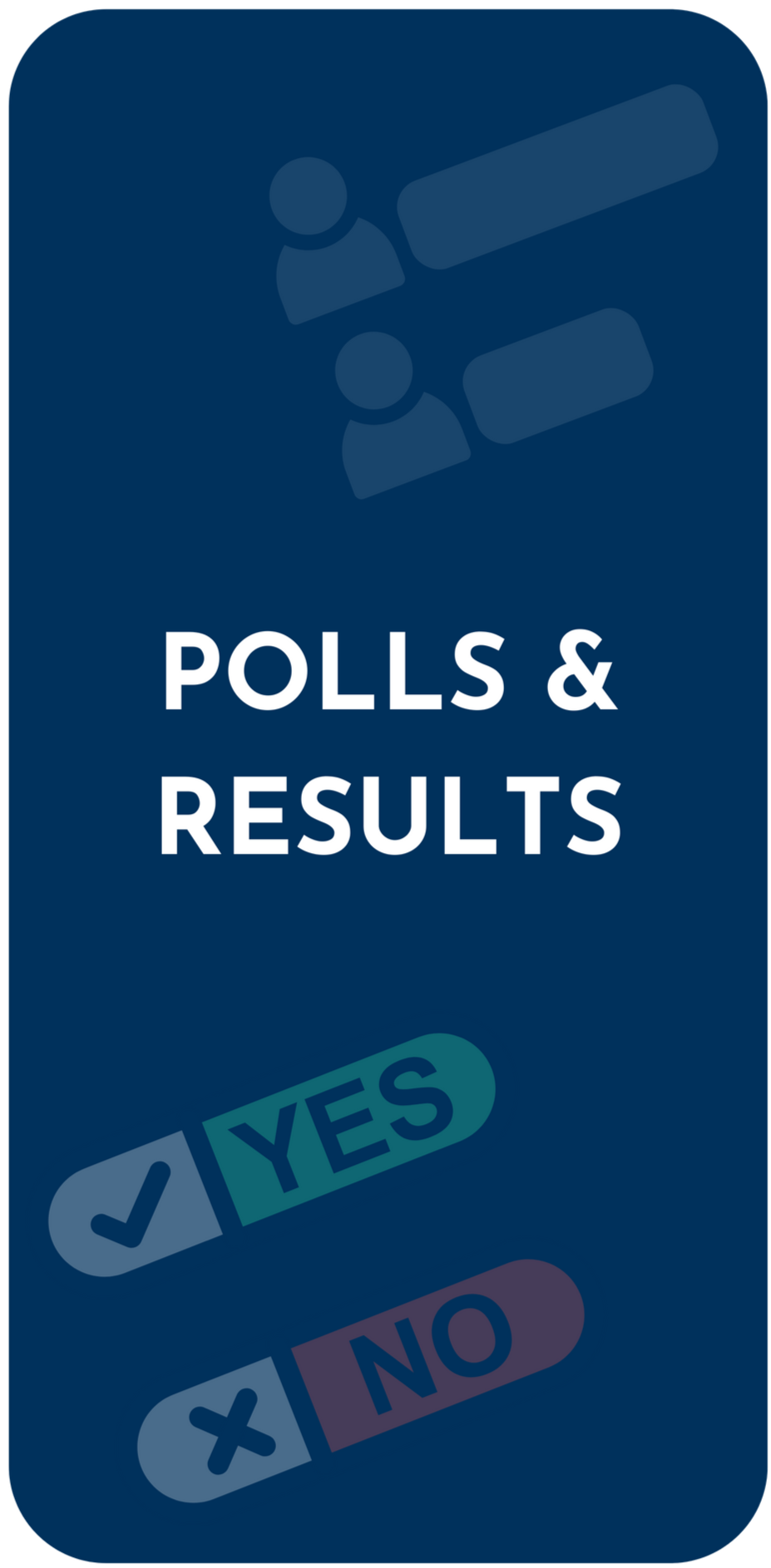

Canada’s Minister of Immigration, Refugees and Citizenship, Sean Fraser, has unveiled a new digital talent attraction strategy aimed at drawing skilled professionals from around the world to work and live in Canada.
WEBINAR RECORDINGS
How to Recruit Smarter (Not Harder)
Managing Leaves of Absence and Requesting Medical
ONTARIO
Employers can determine their obligation to provide naloxone in the workplace based on specific criteria outlined in the Occupational Health and Safety Act (OHSA), effective as of June 1, 2023.

It’s important to highlight that not all employers are required to adhere to the OHSA requirements regarding naloxone provision in the workplace. Employers are obligated to provide a naloxone kit when they become aware, or should reasonably be aware, of the following situations:
- There exists a risk of a worker experiencing an opioid overdose.
- There exists a risk of the worker overdosing while performing work for the employer within the workplace.
- The risk is associated with a worker who is employed by the employer.
If all three of these scenarios are present, the employer must comply with the OHSA requirements and provide naloxone in the workplace. However, if any one of these scenarios is not applicable, the employer is not obligated to comply with the OHSA requirements concerning the provision of naloxone in the workplace.

Changes to the Construction Projects Regulation (effective July 1):
- Improved hygiene requirements, including:
-
- Adequate illumination for toilets.
- Complete enclosure for single toilets.
- Access to women’s-only toilet facilities for female workers (minimum of five toilets).
- Extension of the requirement for good repairs to urinal and clean-up facilities.
- Standardization of the ratio of clean-up facilities to toilets.
- Hand sanitizer provision in addition to hand-cleaning products where running water is not feasible.
- Reduction of the horizontal distance workers must travel to reach toilet facilities, where reasonably possible.
- Explicit requirements for the proper fitting of personal protective equipment and clothing, accommodating women and diverse body types and sizes.
Amendments to the Mines and Mining Plants Regulation (effective July 1 or September 1):
- Enhanced protection for workers’ health and safety in the mining industry.
- Incorporation of current technology and updated industry standards.
- Improved clarity and ease of understanding for regulations.Implementation of recommendations from the Coroner’s Jury inquests.
Changes effective July 1 include:
- Requirement for independently powered conveyances for transporting workers.
- Enhanced safety measures for surface ladderways.
Changes effective September 1:
- Improved ventilation and diesel equipment requirements.
- Lowered allowable exposure limits for elemental carbon.
- Mandate for a program to manage airborne hazards.
- Procedures for managing major workplace changes.
- Procedures for handling explosives under specific circumstances.
- Permission to use electronic devices for evaluating certain hazards in underground mines.
As part of this strategy, a digital nomad program has been introduced, enabling foreigners with a foreign employer to work in Canada for up to six months. If they receive a job offer during their stay, they will be allowed to continue working in Canada.
Canada will also establish a stream to attract highly talented individuals to work for tech companies, regardless of whether they have a job offer. Additionally, a new stream will be introduced to allow 10,000 H-1B visa holders from the United States to work in Canada, addressing the needs of workers affected by layoffs in the US tech sector.
PREVIOUS POLL
- Breaking the news 71%
- Drafting documents 2%
- Navigating termination laws 23%
- Others (comment below) 4%
ACTIVE POLL
- Once a month
- Every few months
- Once or twice a year
- Never

Melisa Funk
Chief Executive Officer, Lynn & Liana Designs


